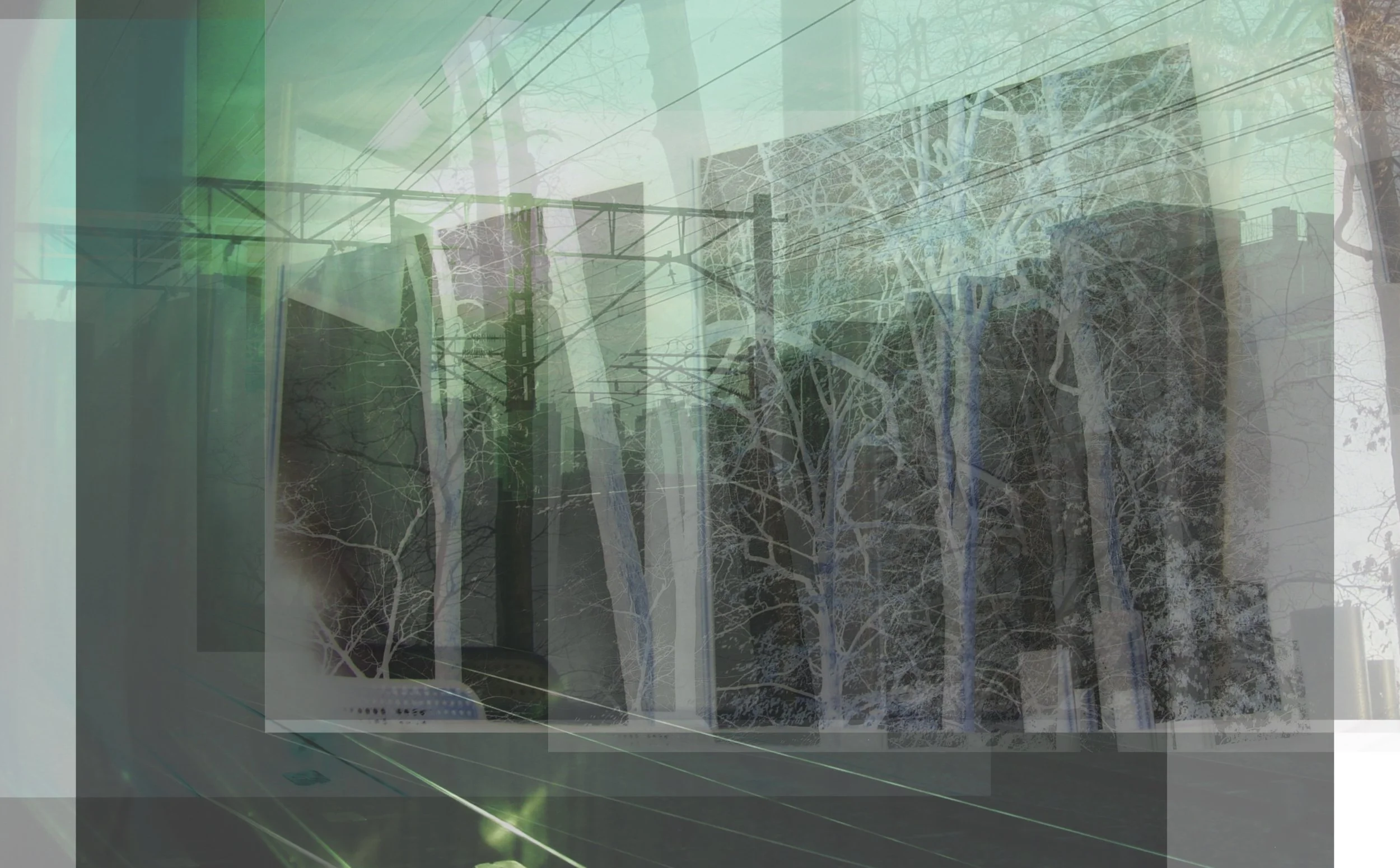An Ocean Between This Kimono and Me
words by Sana F., art by Gloria Sung
Today is my coming-of-age celebration (seijinshiki) and I’m wearing the same kimono my mother wore when she was twenty years old.
It’s a day of contradiction. I first meet the freedoms of adulthood while bound in obi sashes, which are wrapped so tightly around my waist that it’s difficult to sit down. As I become my full-fledged self, I am concealed by face powder. I’ve become comfortable with the discomfort of beauty– it’s a performance I’ve rehearsed countless times—but today, there’s more clumsiness than grace. I need to be careful that the kanzashi in my hair does not get lost, the swinging sleeves of the furisode (formal kimono) do not get stuck in the car door, and that the zōri (traditional shoes) do not fall off my feet and roll into the river.
My family’s voices flutter around me. Their Wakayama dialect feels like home to my ears, but not always my tongue; the names of these things I’m adorned with do not live in my language.
Before I put on the zōri, my mother and I face each other as though looking in a mirror. We try to recognize ourselves. The space between us, and between the snug layers of cloth and my skin, is something neither of us know the name for. Today, I exist in the seam between comfort and discomfort, the moment between staying still and growing up, and the vast space between this kimono and me.
In my mother’s shoes, I walk to the photography shop. The owners are a husband and wife who took my mother’s photograph thirty-five years ago. Though my shoes pinch my toes and the obi keep my breath shallow, I am native to the discomfort of being less almond-eyed and less straight-haired. The photographer’s studying look softens with relief when I comprehend his instructions: Look left! Tilt the head! Not so much! When I say goodbye as we leave the store, syllables slip from my tongue to reveal my nude non-nativity. I am reminded that I am only ever half-hidden.
Later, I walk in the garden of the prefecture’s castle. The many layers of the kimono weighed me down in the stuffy photo room, but in the sun, they ground me. The courtyard is full of families with sons and daughters wearing big smiles. Together, our kimonos make up a brilliant tapestry and we share the comfort of knowing we are one of many. I realize I am proud to grow up. The tightness of the obi around my torso turns into an embrace. At twenty years old, I’m trying to stop fighting change; I let the loom of time weave me into the world, as it was meant to. It’s a comfort I’ve waited so long to have.
As I walk, my mother’s zōri begin to fall apart and the garden gravel is swept into the space between my feet and the peeling soles. Millions have walked this path, but our footsteps have tilled, not compacted, its soil. It sifts beneath me and tells me not to go astray. The gravel in my shoes makes my feet heavy with expectation, but this soft path is a comfortable place to be. Today, I follow it. I go to the shrine. I say my prayers. I compare my mother’s seijinshiki photos to mine and try to collapse the thirty-five years between them. I look at the other girls in the castle garden and try to disappear.
Soil as rich as that of tradition’s path cannot choose what it nurtures; it coddles the roots of the ume and orange just as it offers itself to the wind. I turn to see my mother following my footsteps. Five years after my mother wore this kimono, she shook the ancient sand of this path from her shoes and followed the winds across the sea. I can’t help but feel that I betray her.
I call my trip across the ocean to Japan a “return.” Sometimes, the words I use to describe myself create maps with familiar seas and margins but no compass. It’s a word that has become comfortable on my tongue, but I worry that it causes the threads between my mother and me to fray. I have tried to weave myself back into this landscape—between the squares of the paddy fields and the hundreds of quilt pieces my great-grandmother didn’t have time to sew together, into the line of stitches connecting the blue mountains to the sky.
The threads that I wear do not stretch across the sea. I begged to participate in my seijinshiki this past winter, insisting that I wanted to wear the same kimono and take the same photos. As I follow this rite of passage, do I return my mother to the beginning? Do I repatriate her to the place she fought so hard to leave? Both growing up and moving across the world are worn paths, but ones that are rocky and never velvet-smooth. Why do I make her follow them again?
My thoughts loop around and around. Like the obi sashes, which are tied in ornate knots only to be unraveled again, I wait for these questions to come undone—to have a beginning and end, to be easy to solve.
I return home from taking photos at the castle. Before I return the kimono to its box, I run my fingers over the fabric one more time. I realize that ocean currents run through the obi in streaks of green and gold. The seeds that the winds picked up from tradition’s path have returned to their origin, not to be confined, but to blossom against the black-and-white shibori landscape.
Today, I find connection in the contradictions.
Today, this kimono and I are not separate; we are both woven with threads from many continuums.
